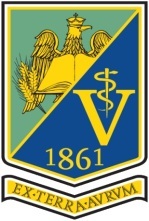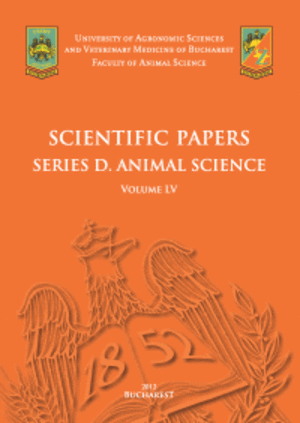Published in Scientific Works. Series C. Veterinary Medicine, Vol. LXXI, Issue 1
Written by Ana-Alexandra DOBRIN, Miruna STAN, Manuella MILITARU
Melanoma is a particular neoplasm arising from the unregulated proliferation of melanocytes. It affects both humans and different animal species that develop this tumour spontaneously, including canines, equines, and rarely felines. Understanding the pathology and molecular biology of melanoma can be enhanced by studying both two-dimensional and three-dimensional melanoma cell cultures from various species, some animals (e.g. dogs) sharing multiple physiopathological mechanisms with human melanoma. Moreover, established mouse melanoma cell lines from genetically modified models are commonly used for molecular characterization and utility in therapeutic testing, while noting limitations posed by genetic differences. Recent studies regarding isolation protocols for cultivating neoplastic melanocyte cultures show a significant variation including fine-needle aspiration, tissue excision, and enzymatic digestion. Hence, comparative genetic analyses indicate similarities between animal and human melanoma cells, especially regarding mutations in the BRAF and NRAS oncogenes. This review highlights the relevance of melanoma cell cultures across species as significant in vitro models for advanced cross-species melanoma research, enhancing insights into neoplastic initiation and progression and ultimately contributing to improved diagnostic and therapeutic approaches in veterinary and human pathology and oncology.
[Read full article] [Citation]



